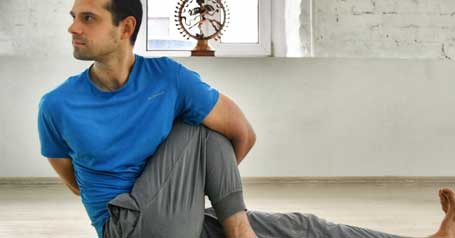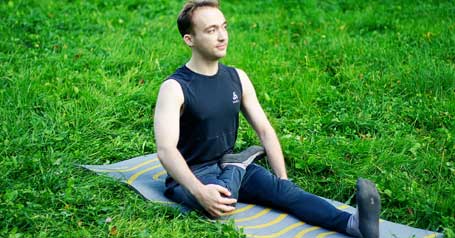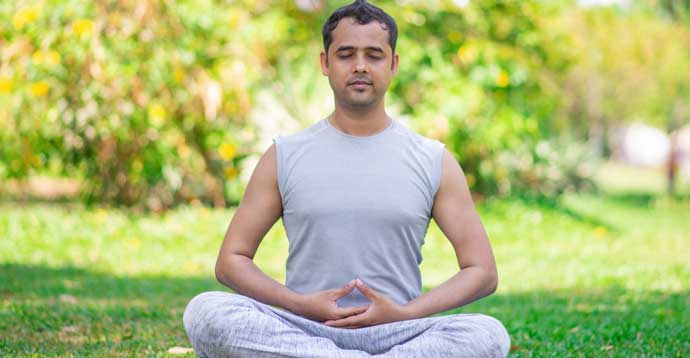Longevity Breathing is a powerful breathing exercise that revitalises the body and instantly clears the mind.
Longevity breathing, also commonly called abdominal breathing is a specific breathing technique shared by many Chinese mind-body-spirit disciples. The aim of this breathing exercise is to develop and maintain a healthy and vigorous physical body.
Our physical body is the platform of our existence in this world. When our body is sound and well, we are free to take our life to any direction we may choose.
Tips Before You Begin

- This exercise may be done lying down, sitting or standing.
- At the beginning, practice for no more than 10 minutes a day.
- Once you have attained some level proficiency, you can use it alone or in conjunction with meditation or bodywork practices. This exercise is also commonly used as a preparation to Chinese Zen Meditation, see details.
- The entire exercise requires you to breathe through your nostrils not the mouth.
- When we are stressed, our chest muscles are tensed and the breath is short. If that is the case for you, please do not over exert yourself. Be gentle and proceed mindfully.
- Try to keep the length of inhalation and exhalation equal. The most important thing is to be at ease throughout the practice.
Instruction
- Sit upright with the legs crossed. If you would like to learn more about proper sitting posture, read the meditation posture guidelines here.
- Take a few deep breaths. Let the in-breath roll from your belly up into your shoulders, massaging you from the inside. When you exhale, allow the breath to tranquilize the body.
- Once the body feels more fluid and at ease, begin the Longevity Breathing.
- Place your tongue against your upper palate or the roof of your mouth. Let the tongue swell and relax. This establishes the first energetic anchor.
- Bring your awareness to the second energetic anchor, your Dan Tian, located about 2 inches below the belly button. To detect this point manually, put your fingers on both sides of the hip-crease between your thighs and hips and move your fingers horizontally towards the middle of the body. When you reach the midline of your body, you will feel a soft spot about a thumb’s length below your navel. This point is the seat of vitality in our body.
- As you inhale gently pull the Dan Tian towards the spine.
- Continue to breathe in and let the breath puff up the kidneys at the back of your body. The ribcages expand all around the torso, the entire chest swell up with fresh oxygen. Follow the inner sensations of the inhalation thoroughly, and you may be able to feel the energy rise from the Dan Tian (the bottom anchor) and lightly touch the upper palate (the top anchor), like a glass of water filled to the brim.
- The entire process is done in one long inhalation. If your breath is short, do not force or hold the breath. Let the breath lengthens with practice over time. Meanwhile, just pay close attention to the sensations of the tugging in of the abdomens and expansion of the heart.
- When you exhale, just let everything relax slowly, like emptying the glass. Allow the belly to hang forward and the body to soften.
- Give yourself time to empty the lungs completely before inhaling the next breath. Continue breathing this way for at least 10 minutes.

Scientifically, we now know that deep breathing helps the body to ingest more oxygen, which then improves toxins elimination from the body. It also relaxes the heart and nervous system, thereby calming the body. From an energetic viewpoint, deep breathing increases the amount of Chi or Prana in the body. The additional Chi or Prana flushes away energetic sediments from our body and mind much like water to our body.
